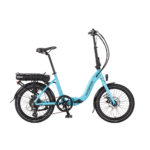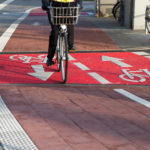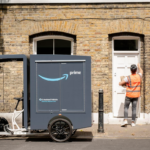Apologies as this thread is not strictly related to electric bikes other than it concerns my bike which is electric.
I have a Cannondale hybrid bike which I have put a motorised rear hub on. I am looking for puncture options so have recently bought a spare inner tube to carry around with me.
My question is that my tyres (Panaracer Comet Hardpack 700 x 38C) have a stated tyre pressure on them of 44psi - 3 bar but the new inner tube (Specialized 700 x 28-38C) says 15psi - 1 bar on the packaging.
Can I and should I ignore what the inner tube says and follow the tyre recommendations or have I got the wrong type of inner tube ?
I have a Cannondale hybrid bike which I have put a motorised rear hub on. I am looking for puncture options so have recently bought a spare inner tube to carry around with me.
My question is that my tyres (Panaracer Comet Hardpack 700 x 38C) have a stated tyre pressure on them of 44psi - 3 bar but the new inner tube (Specialized 700 x 28-38C) says 15psi - 1 bar on the packaging.
Can I and should I ignore what the inner tube says and follow the tyre recommendations or have I got the wrong type of inner tube ?










